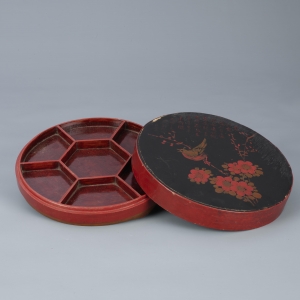The Flavor of Hunan

Introduction
The Flavor of Hunan
China is the country of origin of tea, the tea exports have been recorded as early as the 6th century. On the 17th century, tea has surpassed silk and porcelain to become the largest export in the Qing Dynasty. As the bridge between Euraisa, Russia is not only the major tea consumer, but also considers reselling Chinese tea to the European market to be an important source of income. "The Tea Road" between China and Russia, which flourished from the 17th century to the early 20th century, has become another international trade route connecting Europe and Asia after the silk road.
When President Xi Jinping visited Russia in 2013, he pointed out in his speech at the Moscow Institute of International Relations that "The Tea Road" is the "artery of the century" linking China and Russia. The "The Tea Road" starts from Wuyi Mountain in Fujian Province in the south, passes through Jiangxi, Anhui, Hunan, Hubei, Henan, Shanxi, Hebei and Inner Mongolia, to Moscow, St. Petersburg and other major cities in Europe. This tea road, which stretches for 10,000 miles through the East and West, is not only an economic corridor starting with the tea trade, but also an important cultural route, which has profoundly influenced the commerce, culture and lifestyle of various places along the way.
In March 2019, "the Tea Road" was officially listed on the "Preparatory List of China's World Cultural Heritage" by the National Cultural Heritage Administration. As an important part of the "One Belt and Road" initiative, the historical and humanistic information carried by "the Tea Road" has highlighted its important cultural value. Through carrying out "the Tea Road" cultural heritage investigation, research, protection, and actively promoting the transnational joint application for the world cultural heritage, giving full play to the functions and roles of cultural relics departments, and making good use of cultural heritage resources, it will further realize the cultural exchanges, economic interconnection of countries along the route of China, Mongolia, Russia and Central Europe in the new period, and bring new vigor and vitality.
Highlights
- 长沙窑青釉褐彩“荼埦”
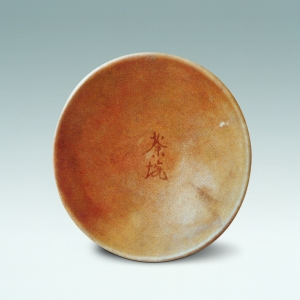
- 青花开光诗句海棠式茶托
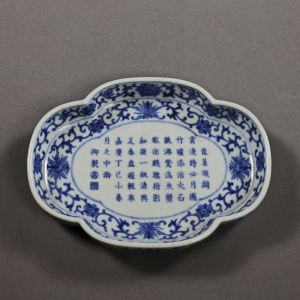
- 金地麻姑祝寿粉彩盖碗
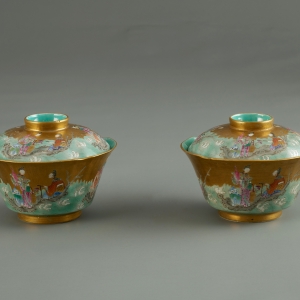
- 单桶揉茶机

- “泰和合号茶庄”青花盖罐
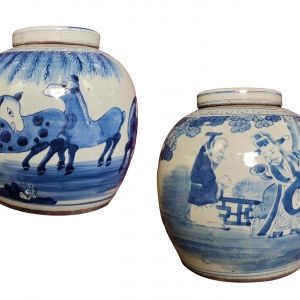
- “协和昌”茶号纪念杯(2件)
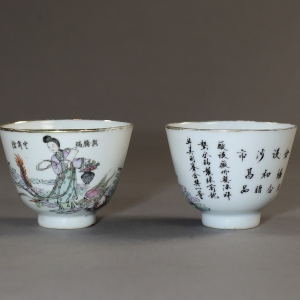
- 安化黑茶运输路线图
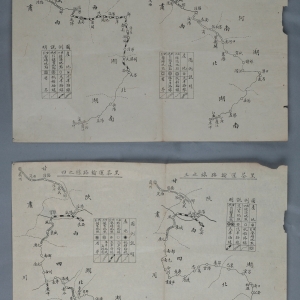
- 俄罗斯“汉口茶”茶罐一对
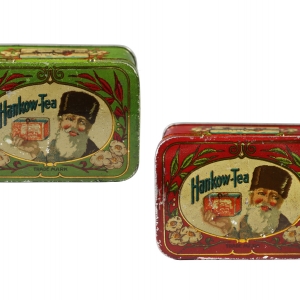
- 山西介休至湖北京山行商路线手札
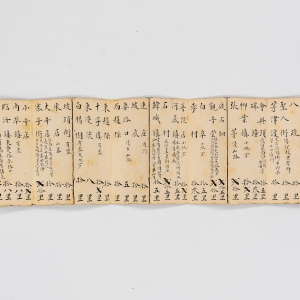
- 孙义顺安茶号商标
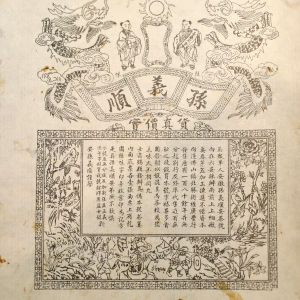
- “凤凰来仪”茶盒
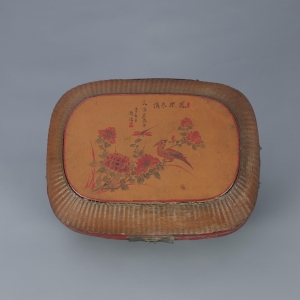
- 1947年 直径28.7厘米,高6.8厘米 湖南博物院藏 茶盒上绘花鸟纹饰,配刘揆一自题诗:“穷到无边尤自豪,清闲远比做官高。归来尚有花鸟在,幸喜生平未折腰。民国丁亥岁 刘揆一 自置。”刘揆一(1878-1950),字霖生,祖籍湖南衡山。See More
